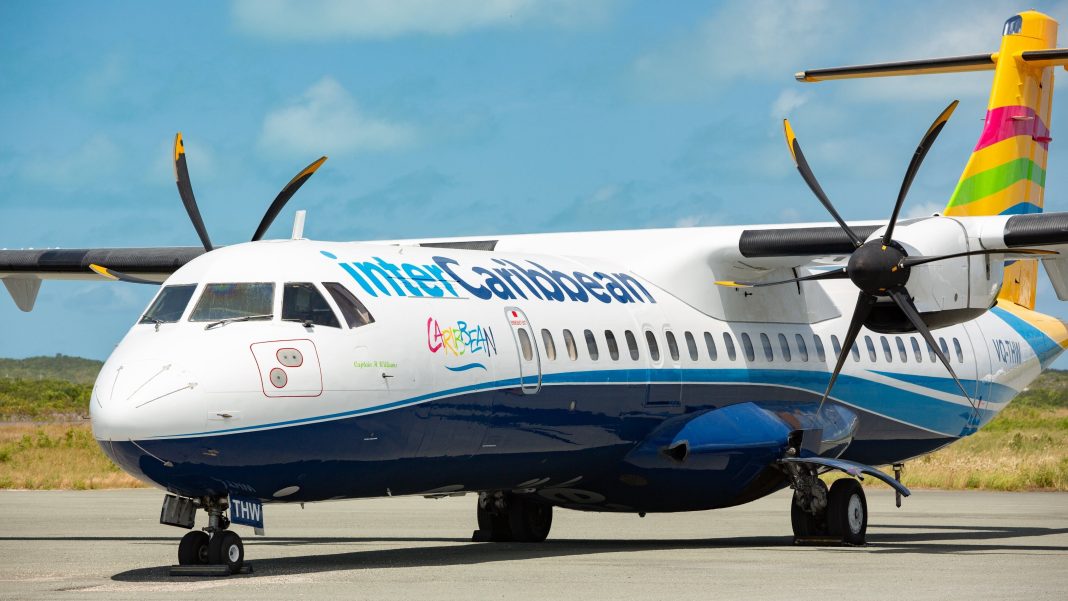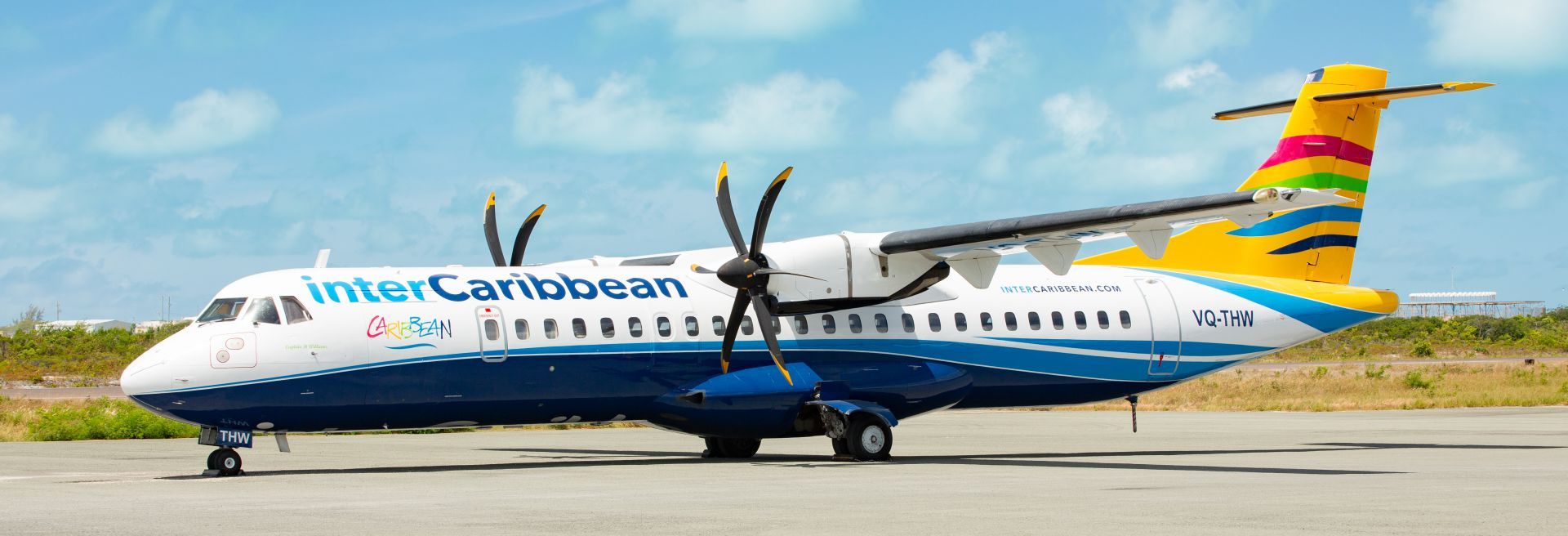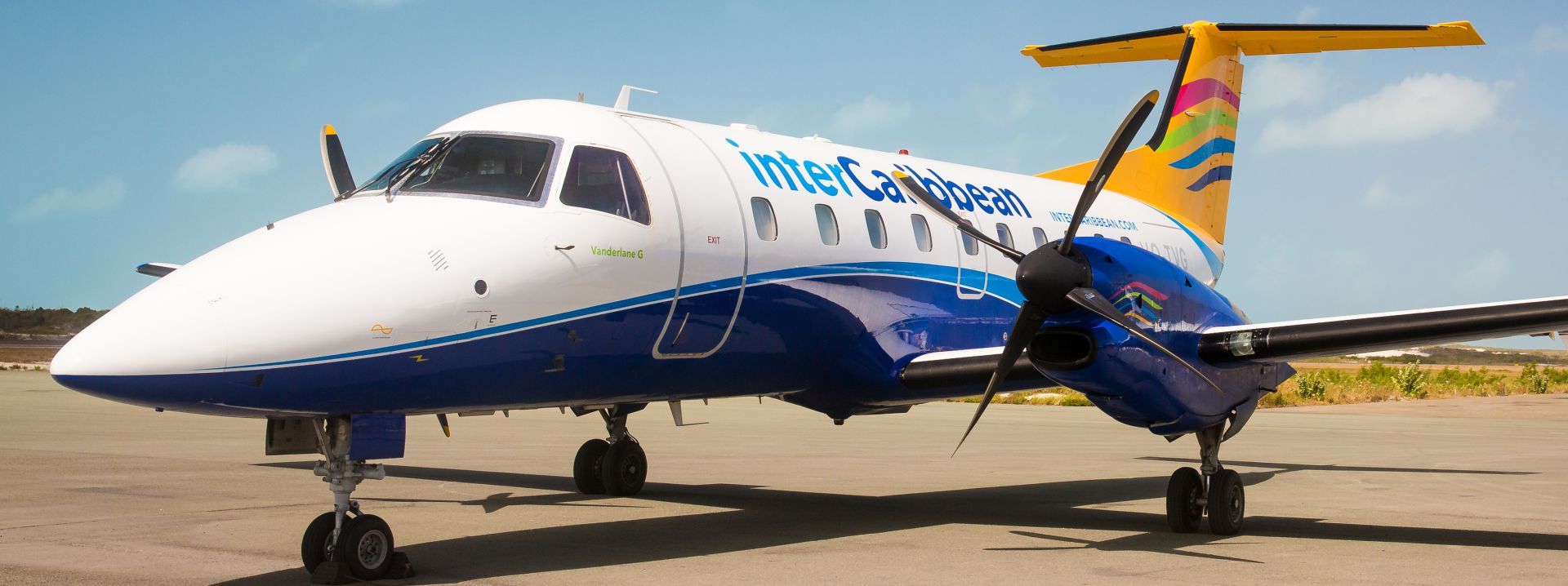Summary
- Travel across Caribbean destinations is increasing as flight connectivity improves and more visitors come to escape the Northern Hemisphere’s winter.
- Airlines are adding flights to both popular and emerging destinations, while home carriers are working on improving inter-island connectivity.
- The challenge lies in streamlining taxes and fees across the region to encourage travel within the Caribbean and stimulate economic growth.
Travel across Caribbean destinations is heating up, both in terms of flight connectivity and an influx of visitors as we enter the Northern Hemisphere’s winter season. With leisure flights coming into the region from across Europe and North America, passengers are looking to maximize their time, often by including multiple islands or countries in their itineraries.
Making the connections
Airlines have been consistently adding flights to traditional holiday destinations like Barbados, along with emerging ones such as Dominica and Mexico’s new Talum Airport. The pandemic significantly affected inter-island connectivity in the region, where domestic air connectivity is minimal. In the aftermath, the remaining carriers have looked to meet market demand as previously-served routes have yet to find an operator. Virgin Atlantic recently announced it is creating a regional hub in Barbados to serve destinations like Grenada, Barbados, and St. Vincent Argyle International.
Home carriers are also stepping up connectivity efforts. Simple Flying spoke exclusively to interCaribbean Airways CEO Trevor Sadler about what it would take to create an island pass to allow passengers to travel between different islands in the region for a set price or as part of a multi-stop tour. Sadler explained that they had already started to introduce a pass to allow customers to travel between cities for a fixed price but took it down while still in the testing phase due to a problem with no immediate solution:
So look, I got somewhere that might be $30 in tax, I got other places $140 in tax, I can’t make a pass that includes taxes with this kind of range.
No family of four wants to go and visit two or three islands $1,000 or more in taxes. So it’s never going to be sustainable. It’s never going to be something that can grow.”
Photo: interCaribbean Airways
What is the solution?
The difficulty lies in streamlining taxes and fees across Governments in the region, where each island is often its own nation, and some islands are some to multiple sovereign nations with their own taxes and fee structures. For instance, Haiti and the Dominican Republic share the region’s second-largest island, Hispaniola. On long-haul flights, the cost of taxes is a smaller percentage of the overall airfare to the customer and is proportionate to the travel distance. Within the Caribbean, a flight lasting 30 minutes can incur $120 worth of tax, prohibiting the kind of $20 flights one sees in Europe over similar distances.
To Sadler, the solution is to reduce taxes for travel within the region without cutting the vital revenue source that inbound tourists provide the government and local economies. His view is that if Governments were to give Caribbean people an opportunity to travel for leisure or business and charge, say, half of what they charge the intercontinental tourists, that mobility within the region would spur economic growth. Sadler notes how it came to the forefront when he tried to illustrate taxation for different members of government:
“Everyone says we used to have more travelers than we do now. Wonder why that is?
“I showed [government reprepresentitves] my Barbados to Antuiguia flight. I had $113 tickets, the taxes $123. So, at $113 you might say ‘Okay, I go a couple of times a month’. Now I got more than 100% in taxes on top of it, so now it’s $240 or something for that one-hour flight. So now you think ‘Well it was nice, but maybe it will be two months or three months before I go again””.
Photo: interCaribbean Airways
Sadler suggests the key lies with a country being bold enough to say, “I’m willing to cut the taxes and show my country,” a move he thinks will spur others in the region to follow suit. There is an opportunity for local authorities to maintain the taxes and fees for inbound tourists but reduce them for travel within the region. This could be especially beneficial for those living within the area and visiting an island next door to see family, meet with clients, expand businesses, or commute to work.
More revenue overall
The repercussions could be passed on to the government, as the tourists would still contribute significantly to local economies even if they do not pay as high landing fees as previously. If you want to make a statement that is going to be sustainable, Sader argues, “Well, you’re going to have to be bold. Make a big decision, try six months without any taxes. Try it out. See if any more people come in.” He urges local governments to decide if the tax revenues from the hotels, restaurants, and everything else they spend there replace what is lost in landing fees.
“People don’t come to sleep on the street. They don’t bring their food with them for a week. So they’re gonna have to eat, drink, spend, rent a car or taxi, and buy a T-shirt.
[ad_2]
Source link




